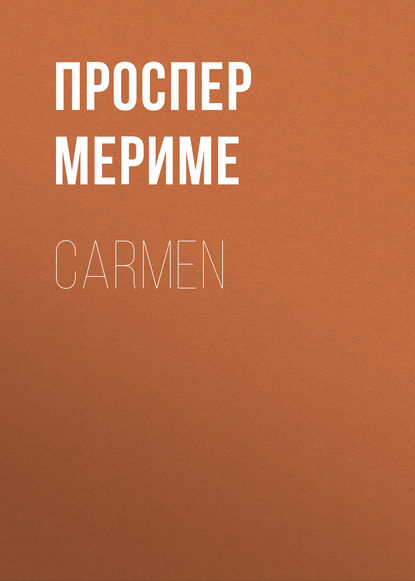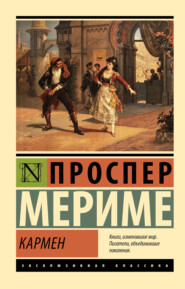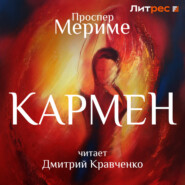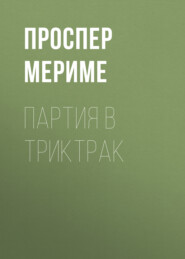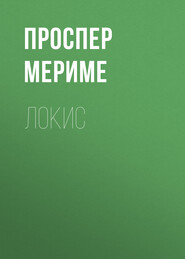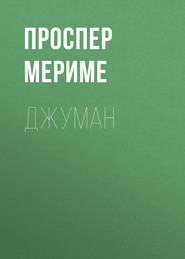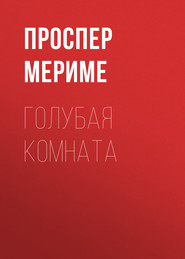По всем вопросам обращайтесь на: info@litportal.ru
(©) 2003-2025.
✖
Carmen
Настройки чтения
Размер шрифта
Высота строк
Поля
Most of the Orientalists who have studied the gipsy language believe that the cradle of the race was in India. It appears, in fact, that many of the roots and grammatical forms of the Romany tongue are to be found in idioms derived from the Sanskrit. As may be imagined, the gipsies, during their long wanderings, have adopted many foreign words. In every Romany dialect a number of Greek words appear.
At the present day the gipsies have almost as many dialects as there are separate hordes of their race. Everywhere, they speak the language of the country they inhabit more easily than their own idiom, which they seldom use, except with the object of conversing freely before strangers. A comparison of the dialect of the German gipsies with that used by the Spanish gipsies, who have held no communication with each other for several centuries, reveals the existence of a great number of words common to both. But everywhere the original language is notably affected, though in different degrees, by its contact with the more cultivated languages into the use of which the nomads have been forced. German in one case and Spanish in the other have so modified the Romany groundwork that it would not be possible for a gipsy from the Black Forest to converse with one of his Andalusian brothers, although a few sentences on each side would suffice to convince them that each was speaking a dialect of the same language. Certain words in very frequent use are, I believe, common to every dialect. Thus, in every vocabulary which I have been able to consult, pani means water, manro means bread, mas stands for meat, and lon for salt.
The nouns of number are almost the same in every case. The German dialect seems to me much purer than the Spanish, for it has preserved numbers of the primitive grammatical forms, whereas the Gitanos have adopted those of the Castilian tongue. Nevertheless, some words are an exception, as though to prove that the language was originally common to all. The preterite of the German dialect is formed by adding ium to the imperative, which is always the root of the verb. In the Spanish Romany the verbs are all conjugated on the model of the first conjugation of the Castilian verbs. From jamar, the infinitive of “to eat,” the regular conjugation should be jame, “I have eaten.” From lillar, “to take,” lille, “I have taken.” Yet, some old gipsies say, as an exception, jayon and lillon. I am not acquainted with any other verbs which have preserved this ancient form.
While I am thus showing off my small acquaintance with the Romany language, I must notice a few words of French slang which our thieves have borrowed from the gipsies. From Les Mysteres de Paris honest folk have learned that the word chourin means “a knife.” This is pure Romany—tchouri is one of the words which is common to every dialect. Monsieur Vidocq calls a horse gres—this again is a gipsy word—gras, gre, graste, and gris. Add to this the word romanichel, by which the gipsies are described in Parisian slang. This is a corruption of romane tchave—“gipsy lads.” But a piece of etymology of which I am really proud is that of the word frimousse, “face,” “countenance”—a word which every schoolboy uses, or did use, in my time. Note, in the first place, the Oudin, in his curious dictionary, published in 1640, wrote the word firlimouse. Now in Romany, firla, or fila, stands for “face,” and has the same meaning—it is exactly the os of the Latins. The combination of firlamui was instantly understood by a genuine gipsy, and I believe it to be true to the spirit of the gipsy language.
I have surely said enough to give the readers of Carmen a favourable idea of my Romany studies. I will conclude with the following proverb, which comes in very appropriately: En retudi panda nasti abela macha. “Between closed lips no fly can pass.”
notes
1
The Andalusians aspirate the s, and pronounce it like the soft c and the z, which Spaniards pronounce like the English th. An Andalusian may always be recognised by the way in which he says senor.
2
The privileged Provinces, Alava, Biscay, Guipuzcoa, and a part of Navarre, which all enjoy special fueros. The Basque language is spoken in these countries.
3
A café to which a depot of ice, or rather of snow, is attached. There is hardly a village in Spain without its neveria.
4
Every traveller in Spain who does not carry about samples of calicoes and silks is taken for an Englishman (inglesito). It is the same thing in the East.
5
Your fortune.
6
In 1830, the noble class still enjoyed this privilege. Nowadays, under the constitutional regime, commoners have attained the same dignity.
7
Iron-shod sticks used by the Basques.
8
Magistrate in charge of the municipal police arrangements, and local government regulations.
9
The costume usually worn by peasant women in Navarre and the Basque Provinces.
10
Pintar un javeque, “paint a xebec,” a particular type of ship. Most Spanish vessels of this description have a checkered red and white stripe painted around them.
11
Yes, sir.
12
Field, garden.
13
Bravos, boasters.
14
All Spanish cavalry soldiers carry lances.
15
Alcala de los Panaderos, a village two leagues from Seville, where the most delicious rolls are made. They are said to owe their quality to the water of the place, and great quantities of them are brought to Seville every day.
16
Good-day, comrade!
17
In most of the houses in Seville there is an inner court surrounded by an arched portico. This is used as a sittingroom in summer. Over the court is stretched a piece of tent cloth, which is watered during the day and removed at night. The street door is almost always left open, and the passage leading to the court (zaguan) is closed by an iron lattice of very elegant workmanship.
18
Manana sera otro dia.—A Spanish proverb.
19
Chuquel sos pirela, cocal terela. “The dog that runs finds a bone.”—Gipsy proverb.
20
Sugared yolks of eggs.
21
A sort of nougat.
22
This king, Don Pedro, whom we call “the Cruel,” and whom Queen Isabella, the Catholic, never called anything but “the Avenger,” was fond of walking about the streets of Seville at night in search of adventures, like the Caliph Haroun al Raschid. One night, in a lonely street, he quarrelled with a man who was singing a serenade. There was a fight, and the king killed the amorous caballero. At the clashing of their swords, an old woman put her head out of the window and lighted up the scene with a tiny lamp (candilejo) which she held in her hand. My readers must be informed that King Don Pedro, though nimble and muscular, suffered from one strange fault in his physical conformation. Whenever he walked his knees cracked loudly. By this cracking the old woman easily recognised him. The next day the veintiquatro in charge came to make his report to the king. “Sir, a duel was fought last night in such a street—one of the combatants is dead.” “Have you found the murderer?” “Yes, sir.” “Why has he not been punished already?” “Sir, I await your orders!” “Carry out the law.” Now the king had just published a decree that every duellist was to have his head cut off, and that head was to be set up on the scene of the fight. The veintiquatro got out of the difficulty like a clever man. He had the head sawed off a statue of the king, and set that up in a niche in the middle of the street in which the murder had taken place. The king and all the Sevillians thought this a very good joke. The street took its name from the lamp held by the old woman, the only witness of the incident. The above is the popular tradition. Zuniga tells the story somewhat differently. However that may be, a street called Calle del Candilejo still exists in Seville, and in that street there is a bust which is said to be a portrait of Don Pedro. This bust, unfortunately, is a modern production. During the seventeenth century the old one had become very much defaced, and the municipality had it replaced by that now to be seen.





